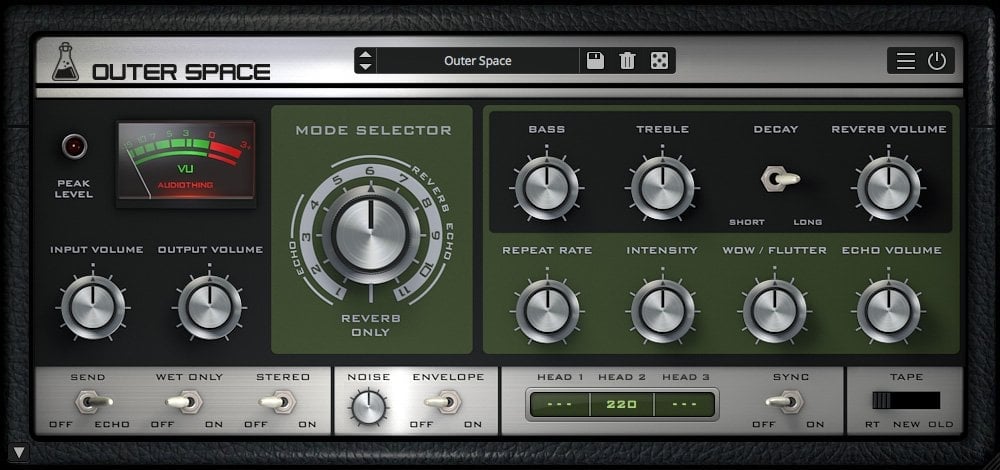ward,I’m primarily a guitar player and for years I’ve been searching for a better reverb plugin. I was never overly picky about my delays for some reason but reverbs really change the sound of one’s guitar significantly.
.
Background
.
I use reverbs with both my acoustic and electric guitars and I was changing my reverb plugins on a regular basis. I was never completely happy. They all sounded “harsh” or “overpowering” or too “metallic” … I came up with a lot of different words to describe what was lacking. Some would make my sound too “mushy” even at barely perceptible reverb levels.
At one point I liked the M40 from T.C. Electronics, but that plugin has been discontinued. Other than that – I went back to the Plate Reverb and Hall Reverb included with the TH3 package.
So today, my business partner who is also a keyboard player (by the way, he’s currently getting ready to go on a short tour in the North East and Canada with The Security Project this weekend, check them out, Jerry Marotta and Trey Gunn are in that band), tells me about one great plugin.
.
The Outer Space plugin
.
It was the “Outer Space” plugin! It is modeled after the Roland RE-201 (Space Echo) device. I think he mentioned that plugin to me years ago when I first complained to him about my futile reverb quest but then I seem to have ignored him. After all … he’s a keyboard player 🙂

BOY WAS I WRONG! This thing is AMAZING!
I could immediately tell that it is what I was looking for all this time. I disabled the delay part of things since I was primarily interested to hear how the reverb works. Afterward, I adjusted a few knobs to shorten the decay and played a few notes.
I could immediately hear the “rich sound” quality of this plugin. Even with a very short decay time, the sound was rich, warm and generally pleasant. It was also never “mushy”. On the contrary, it was clear and warm at the same time!
Afterward, I switched on just one of the three available tape heads for the delay effect and I was blown away again. This must be a result of their tape emulation because the sound gets saturated in a subtle, yet very distinctive way that immediately makes the sound fuller, richer and generally pleasant.
I haven’t even begun to explore all the possibilities of this plugin, but this one is definitely a keeper.
.
The moral of the story
.
The main moral of the story, however, is to never ignore your keyboard player partners who have had far more experience than you!
P.S. I am not in any way affiliated with AudioThing. I’m simply a happy customer.
“Space Echo” Wikipedia entry https://en.wikipedia.org/wiki/Roland_RE-201
“Outer Space” plugin by AudioThing: https://www.audiothing.net/effects/outer-space/
.
Related topics:
– How to combine the best parts of plugins to create a unique sound
– My go-to plugin list
– What are the best plugins to get?
– What it means when we recommend other software to our users?

